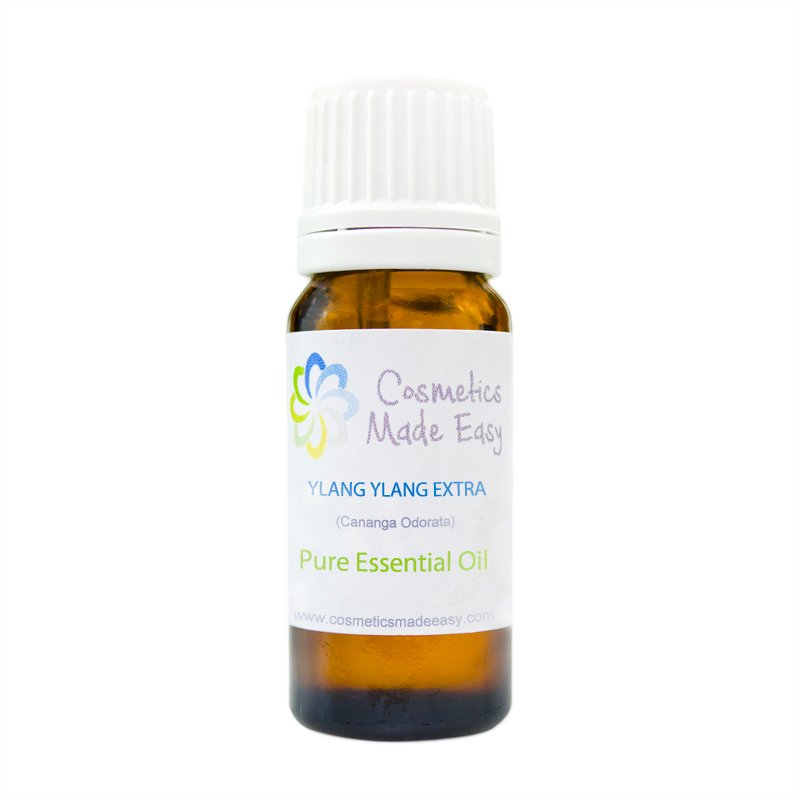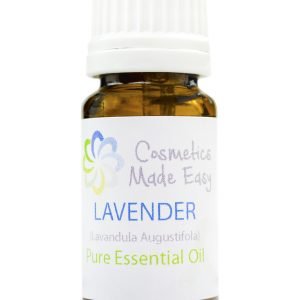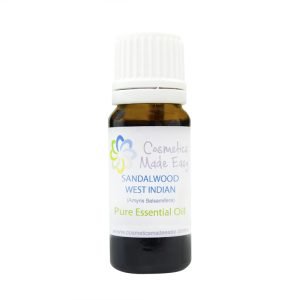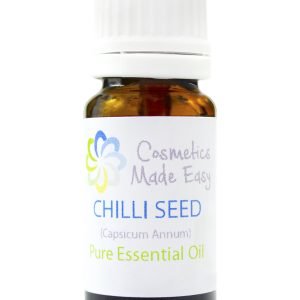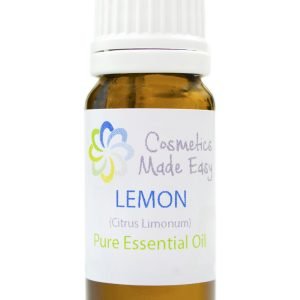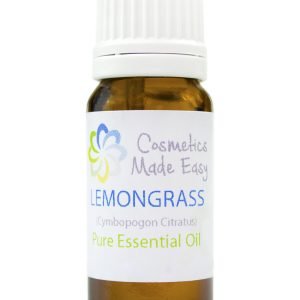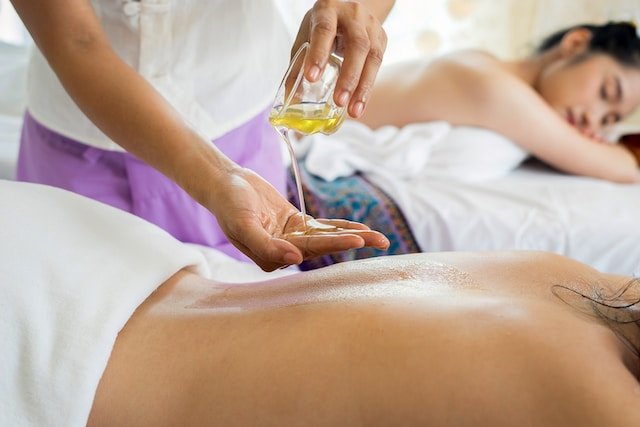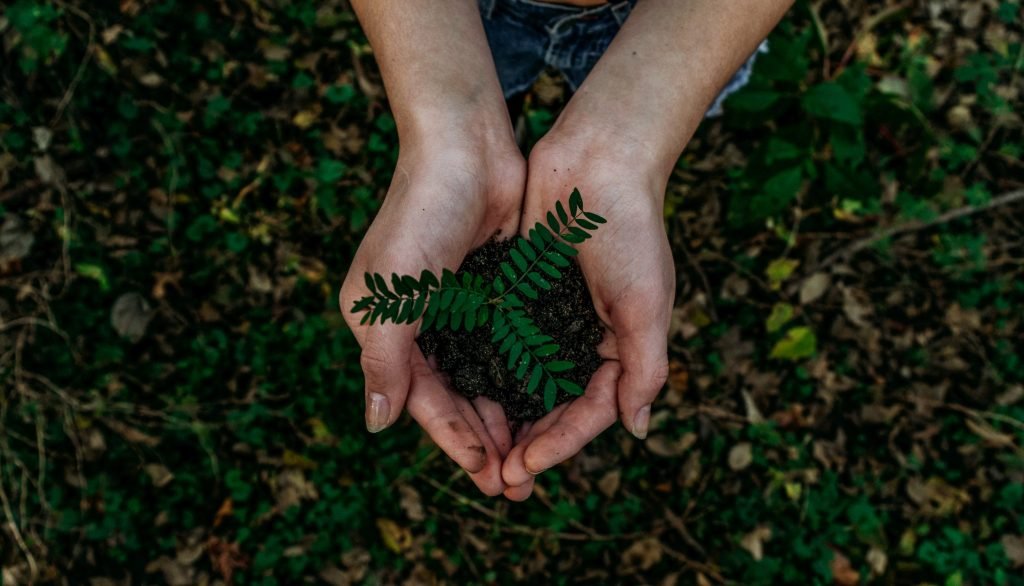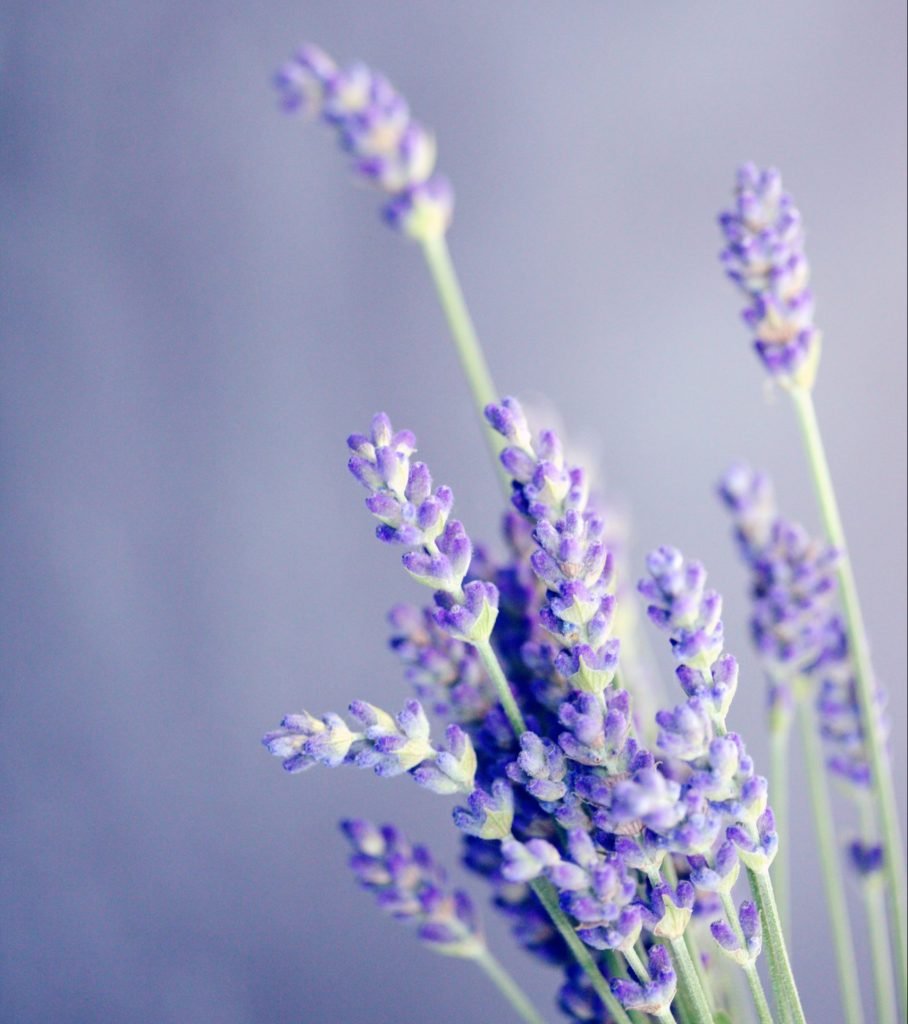Essential oils have been used as medicinal and aromatic products across the globe for thousands of years, all the way back to ancient China, India and Egypt. The last century has seen a resurgence in interest in the West with a stronger focus on scientific research into their properties. There is now an abundance of information about essential oils & absolutes in books and on the internet, but as with any subject, this is not all accurate, often makes unsubstantiated claims and, more concerningly, often suggests unsafe practices. We have written this guide to help you understand the product, choose the right oils for you from the right supplier, and get the best out of your collection.
What actually are essential oils?
Essential oils and absolutes (also known as aromaceuticals) are volatile, complex, chemical compounds occurring naturally in plants. There are extracted from different parts of the plant in several different ways to produce a potent concentration of these precious ingredients. It is often suggested that essential oils cannot be harmful or have any side effects, but this is simply not true. Being natural certainly does not mean being safe – you only need to look at naturally occurring arsenic or deadly nightshade to realise that! To be safe and effective, they need to be treated with respect and knowledge, and used for the right applications in the right dilution.
Choosing Well
I try and think of essential oils in the same way as I think of wine. Nobody would expect the same quality, flavour and aroma from a £5 bottle of plonk as they would from a vintage red, or anything in between, but at the same time price is not everything. You would choose a different bottle to use for cooking than you would for a pleasant evening drink or as a treat for a special occasion. Similarly, a bottle of lavender oil selling for rock bottom prices may give you a nice aroma, but it won’t give you the same therapeutic benefits as a lovingly crafted bottle of the finest English lavender. It’s all about what you are looking for, and that’s why we often offer several varieties or qualities of the same oil, to help you choose what’s right for you for your current requirement.
That said, there are also key things that you should always look for no matter what the price
- Purity – there are many adulterated or ‘cut’ essential oils on the market that can legally be advertised as 100% natural or pure depending on the diluent used.
- Botanical Name – always check the common name against the botanical name. It will tell you what you are really buying. Just as there is a big different between Clove Bud and the highly allergenic Clove Leaf, there is also a big difference between Chamomile from anthemis nobilis (Roman) and matricaria chamomilla (German)
- Packaging – essential oils should always be supplied in a dark glass bottle (to protect from the light) with an integrated dropper for safety and a tamper evident seal. Don’t be tempted by companies who claim plastics are fine for long term storage in a home environment – over time, the oils react with plastics and the air inside the bottle in many and varied ways. There is a big difference between home storage and the carefully controlled, nitrogen capped, bulk storage in specialised plastics used by producers and distributers.
- Labelling – essential oils should always be labelled with the common name, botanical name, BBE date, batch code, country of origin and warnings for use. Labels should be fit for purpose with permanent adhesive and printing that does not smudge with use or fade over time.
- Information – the company selling the oil to you should provide accurate information about the oil and how to use it, SDS (or old-style MSDS with allergens declaration) and COA (Certificate of Analysis). Without this documentation you could literally be buying anything.
In short, you get what you pay for. If it looks too good to be true, or the company looks anything less than reputable, then go with your instincts and make a different choice to avoid disappointment or even risking your safety.
Using oils safely
Used incorrectly, some essential oils can cause skin sensitivity, dermal irritation, photo sensitivity or irritation of the mucus membranes, so it’s really important to follow these simple guidelines for using oils safely:
- Dilute to use on skin – essential oils are potent concentrates and you only need a tiny amount to benefit, so dilute them well. As a general rule, maximum of 2% for the body and 1% for the face, however each oil has different allergens and dermal limits, so check the individual oil for the optimum dilution
- Keep away from children – kids love to explore, and a pretty little bottle with an interesting smell could be very tempting! Yes, the dropper will help to limit the flow, but please just keep them out of reach – better safe than sorry
- Babies and Children – remember that a child’s body mass is much less than an adult, so they can’t process essential oils in the same way as adults. In addition, their skin is often more sensitive, so be extra careful using essential oils with little ones.
- Pregnancy – there is much debate over the use of aromatherapy in pregnancy and very little scientific research. There are suggestions that some oils may cause miscarriage in the first trimester and many women find their skin is much more sensitive. We recommend avoiding all essential oils in the first 3 months and only introducing carefully selected oils after that with advice from a practitioner.
- Internal Use – another controversial subject, especially as recommendations in the EU and USA are different. Our position is that, no matter how pure, essential oils should only be used internally under the supervision of a trained practitioner. Contrary to many suggestions on the internet, swallowing oils can cause serious internal damage.
Making the most of your oils
Above all, I want you to enjoy using your oils and get the very most out of them. On all our individual product descriptions, we provide information on the character of the oil and recommended applications. Its best to look at this information as every oil can be used differently.
If you are new to aromatherapy then I would suggest starting with our basic set and really getting to know those oils well first. By using a small selection you will be able to explore blending, the benefits and effects of each oil and perhaps making some of your own skincare preparations. Once you are familiar with the basics then add one or two new oils at a time to your collection so that you have time to really explore them.
Take a look at our blending chart to help you selecting oils that work well together, and take some time to browse through our product guides, blog and recipes sections where you can find lots of ideas and information to help spark your creativity.

